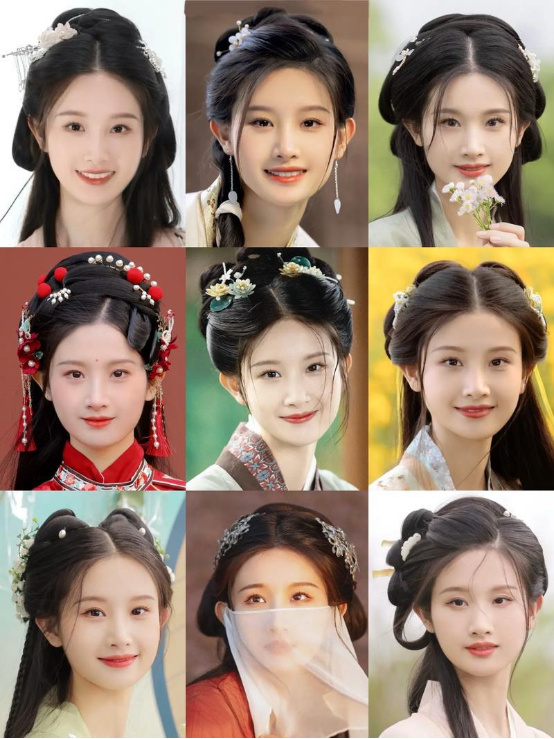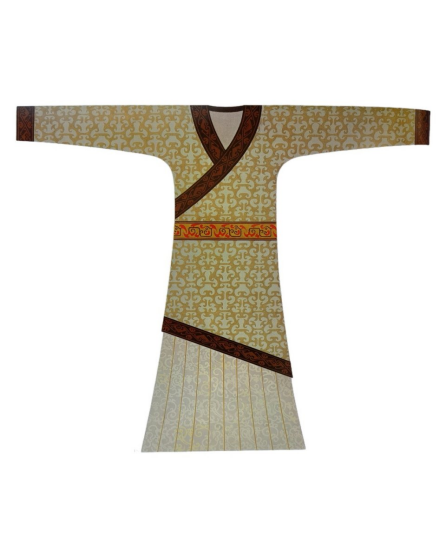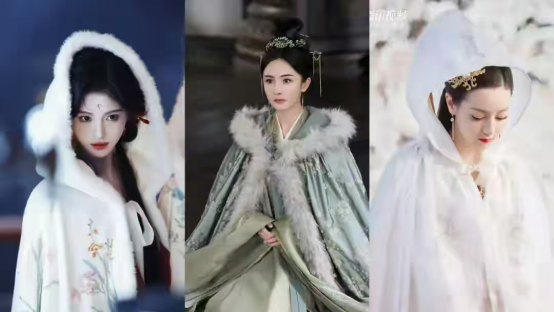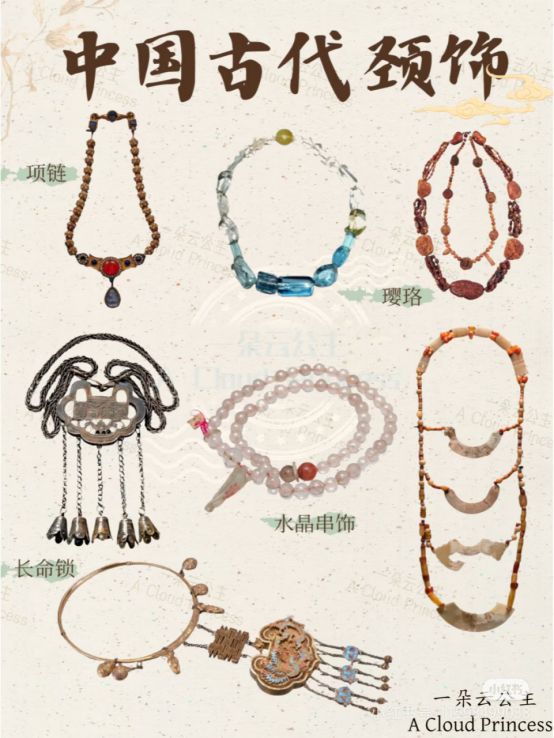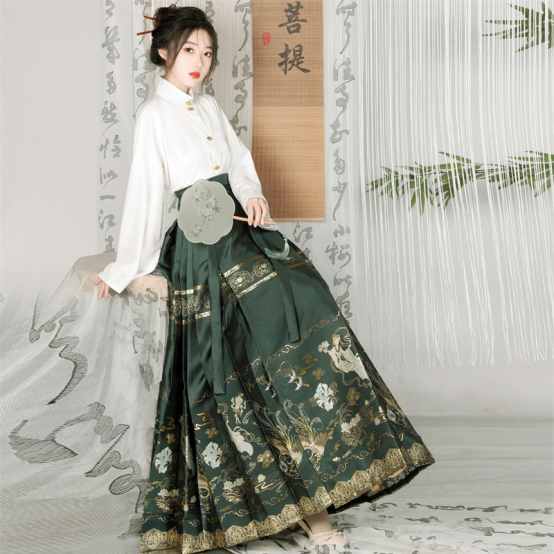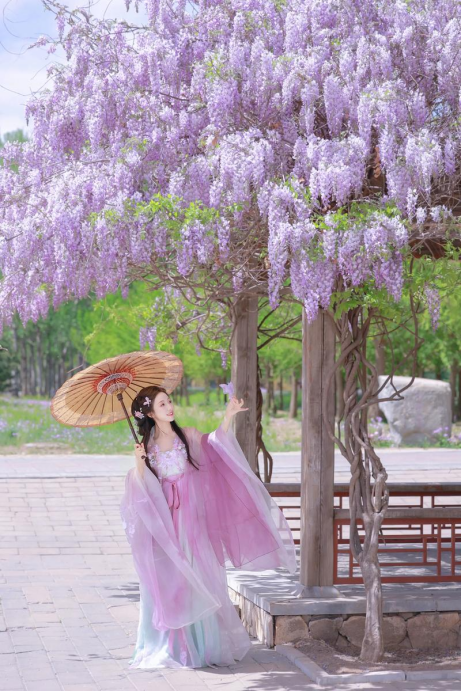The development of Chinese hairstyles is like a scroll that stretches for thousands of years. Through the historical changes of Chinese hairstyles, we can savor the ancient aesthetic charm, and also see the reflection of the implied etiquette norms and social customs. Chinese hairstyles have emerged from the dust of a long history and are moving towards a new life by integrating with fashion in modern times. Chinese – style hairstyles have always maintained a unique cultural identity.

Traditional Chinese Hairstyles
Traditional Chinese hairstyles focus on the adaptation to one’s identity and the occasion. Among ancient men’s hairstyles, tying the hair up and wearing a crown was a symbol of the scholar class, while common people usually wrapped their heads with scarves or wore bamboo hats. Men’s Chinese hairstyles usually emphasized neatness and tidiness, reflecting the traditional concept that “one’s body, hair and skin are given by one’s parents”.
The ways of matching coronets, hats and scarves varied in different dynasties, which to a certain extent also showed the differences in social hierarchy. Compared with men’s hairstyles, the evolution of women’s hairstyles was much more colorful. In ancient times, Chinese women’s hairstyles took high buns as the standard of beauty. For example, the “Zhui Ma Ji” (Horsetail – dropping Bun) in the Han Dynasty, the high buns in the Tang Dynasty, and the “Chao Tian Ji” (Heaven – facing Bun) in the Song Dynasty were not only extremely gorgeous in shape, but also showed the unique charm of the overall personal appearance when matched with hair accessories such as “Bu Yao” (step – shaking hairpin) and “Hua Dian” (flower ornament). Among these, the Chinese phoenix – shaped hairstyle can be regarded as a typical representative. This complex hairstyle, which shapes the bun into the form of a phoenix, was commonly seen on imperial concubines in the palace and showed their noble status.
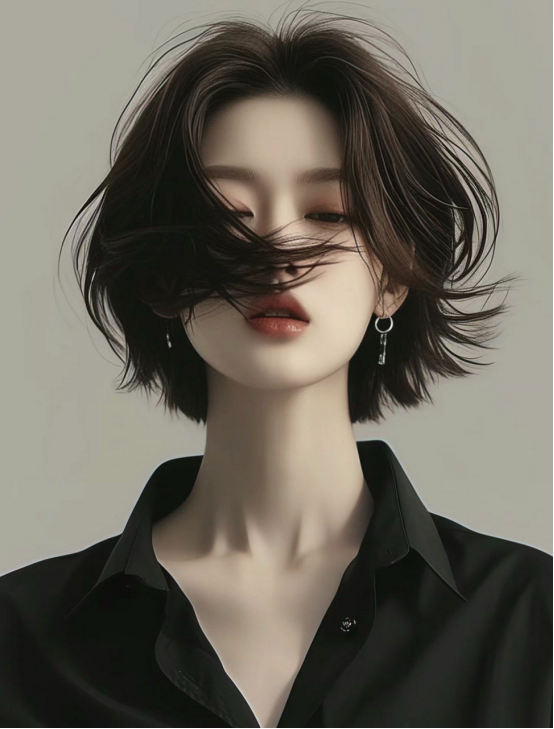
Modern Chinese Hairstyles
On the basis of tradition, modern Chinese hairstyles have integrated international trends and formed a hairstyle system with Chinese style. Taking the Chinese “Bob” hairstyle as an example among women’s hairstyles, this short – hair style with the hair length reaching the shoulders and the ends of the hair curled inward not only retains the softness of oriental women in terms of aesthetic experience, but also adds a lot of capable temperament. It is a popular choice among urban women nowadays.
Men’s hairstyles tend to be diverse, including short hair styles, long hair styles, various perms, partings, texture treatments and other hairstyles, which well set off the spiritual outlook and temperament of contemporary Chinese men.
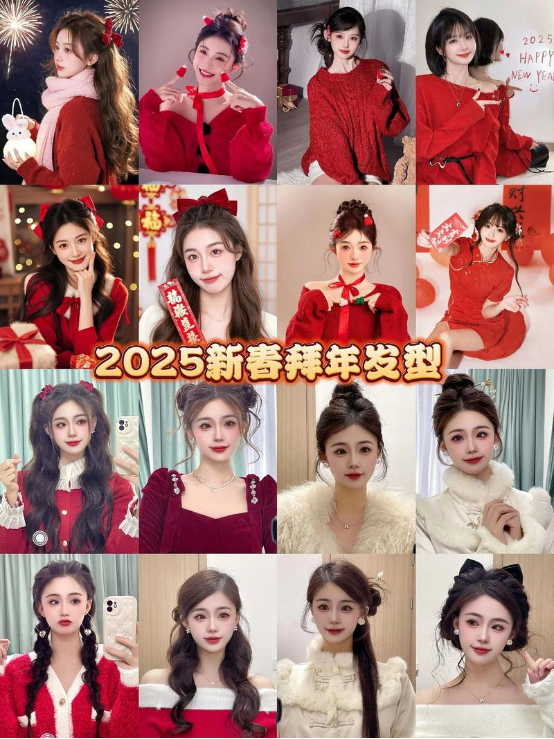
Chinese Hairstyles for Festivals
On some special important festivals, there are also unique festival – specific hairstyles. For example, during the Spring Festival, Chinese New Year hairstyles are particularly exquisite. Many people choose to add red elements to their hairstyles, and there are also braided hairstyles with traditional patterns, which imply auspiciousness and joy. There is also the Chinese chopstick hairstyle that uses chopsticks as hairpins. This hairstyle is made by rolling the hair into a bun and inserting a pair of decorative chopsticks full of festival atmosphere to fix it. It is beautiful, simple and easy to operate, allowing people to experience a different festive atmosphere in the unique festival ambiance.
how to do traditional chinese hairstyles?
If you want to create your own traditional chinese hairstyle, you can start with simple styles and then gradually add different elements according to your own situation. First, you can prepare hairpins and hair forks. Insert the hairpin from the right side, go around the bun once, and then pull it out from the left side to fix the hairstyle. You can also properly add pearl hair accessories or tassel hairpins. You can slightly loosen the hair on the forehead to create a lazy beauty. After trying simple styles, you can gradually move towards more complex hairstyles and explore a hairstyle style that is unique to yourself.
The table below also introduces the characteristics of typical hairstyles in various dynasties of ancient China, hoping to be of some help to your hairstyle design and creation:
| Dynasty | Name of Hairstyle | Occasions for Application | Characteristics |
| Han Dynasty | Zhui Ma Ji (Horsetail – dropping Bun) | Major celebrations andrelated cultural activities | An asymmetric bun hanging down on one side, with a natural beauty |
| Tang Dynasty | Gao Ji (High Bun) | Cultural celebration activities | A tall and exaggerated shape, often matched with a large number of gold and silver ornaments |
| Song Dynasty | Chao Tian Ji (Heaven – facing Bun) | Formal occasions for noble women | A tall bun pointing upwards, reflecting dignity and elegance |
| Ming Dynasty | Mu Dan Tou (Peony – shaped Hairdo) | Women’s wedding occasions | A full and round bun like a peony, gorgeous and wealthy |
| Qing Dynasty | Liang Ba Tou (Two – part Hairdo) | Formal occasions for Manchu women | A flat bun divided into two parts, in a horizontal flat straight shape, solemn and elegant |

